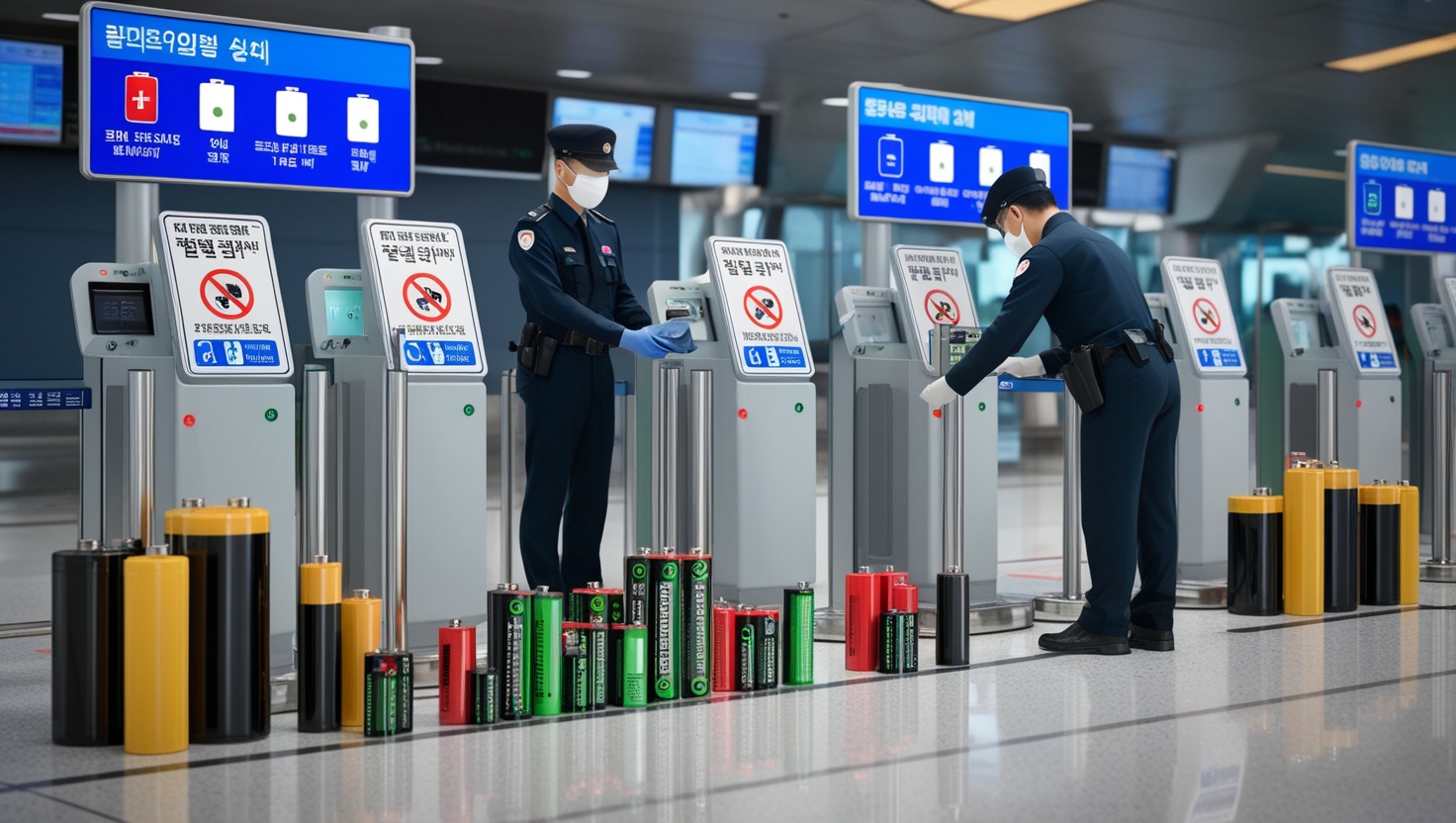New Airline Regulations: Korea Implements Stricter Battery Carrying Rules
Introduction
Have you ever thought about the safety implications of carrying batteries on flights? It’s easy to overlook, but recent incidents have shown just how risky lithium-ion batteries can be in an airplane environment.
Korea has stepped up to the challenge by introducing stricter regulations that dictate how batteries can be transported on flights. Beginning January 2025, these changes are not just a minor adjustment but a vital step toward ensuring flight safety.
In this post, I’ll break down the key aspects of these new regulations and share what you need to know before your next trip. From carry-on limits to proper battery transportation, I’ve got you covered.
Why The Stricter Rules?
The new regulations are a response to safety concerns regarding lithium-ion batteries, which can ignite and cause fires if damaged or improperly stored during air travel. A few key points about why these changes are necessary:
- Recent Incidents: There have been shocking incidents globally where lithium-ion batteries have caught fire mid-flight, leading to emergencies.
- Liability on Airlines: Airlines are increasingly liable for not adhering to safety regulations, prompting stricter enforcement and higher levels of scrutiny.
- Passenger Awareness: It’s essential that travelers are educated about the limitations and risks associated with battery transport.
Details of the New Regulations
As of January 2025, here’s a breakdown of the strict guidelines regarding battery transport in South Korea:
- Battery Capacity: Batteries exceeding 100 watt-hours (Wh) must be transported as cargo and cannot be included in carry-on luggage. This includes larger laptops and e-scooter batteries.
- Spare Batteries: Passengers are limited to carrying no more than two spare batteries in their bags.
- Short Circuit Precautions: All batteries must be safeguarded against short circuits during transport, ensuring they are stored in a way that prevents contact with metal objects.
Travel Tips for Battery Safety
As a traveler who often grapples with tech-packed bags, I know how challenging it can be to adhere to all the guidelines. Here are some of my go-to tips for navigating the new battery transport regulations:
- Know Your Devices: Check the watt-hour rating on your devices and batteries before you pack.
- Plan Ahead: If you have devices that exceed the watt-hour limit, make arrangements to ship them as cargo.
- Invest in Quality Cases: Use protective cases designed to prevent short circuits for your spare batteries.
Conclusion
The new regulations governing battery transport in Korea reflect a growing recognition of the hazards associated with lithium-ion batteries on flights. By understanding these rules, you can ensure your travel experience is safe and compliant.
As a traveler, my best advice is to stay informed and prepared. Always check the latest guidelines before your trip. Safe travels!
Call-to-Action:
Are you ready to dive into these battery rules before your next flight? Don’t forget to subscribe to my blog for more insights on travel regulations and tips!




